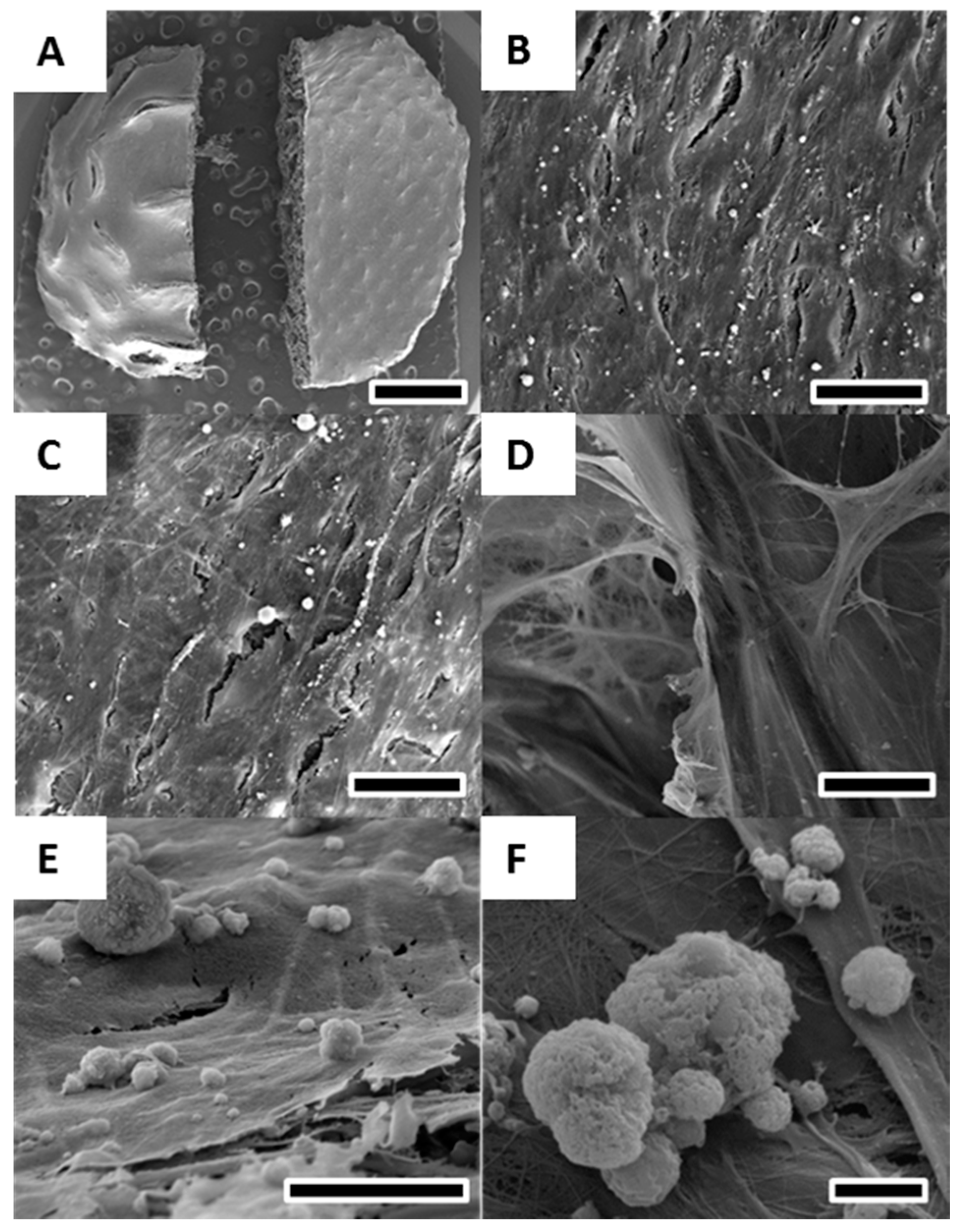
26.) (E) The interaction between cell and cell, and the interaction between cell and the extracellular matrix (ECM). 27.) (D) The types of cells in the liver and their relationships. 26.) (C) Structural diagram of hepatic sinuses and distribution of major cells. 4.) (B) The structure of the hepatic lobule. (A) The structure of the liver and the distribution of major liver cells. Therefore, more closely resembling human hepatocytes are needed for experimental and therapeutic studies.įig. 13,14 The genetic metabolic mechanisms of the animal models are different from those of humans, which prevents the results from being translated into clinical practice. Primary human hepatocytes cannot be cultured in vitro for a long time to maintain cell morphology and function. Unfortunately, traditional research models have many limitations. In this severe situation, it is very urgent to understand the physiological function of liver cells and the related disease mechanism, and to provide effective treatment. 12 Every year, 330 000 people die of cirrhosis and primary liver cancer. According to estimation, there are about 90 million people who are infected with HBV (hepatitis B virus) in China 11 and there are 7.6 million HCV patients (4.56 million chronic patients). 9,10 Due to the structural arrangement and cellular heterogeneity of the liver, liver cells are exposed to a gradient of nutrients, hormones, and growth factors through the combined portal vein and hepatic artery blood supply. 4–8 Furthermore, it is important to maintain the polarity of hepatocytes under in vitro culture conditions. The liver is also composed of different cell types, including hepatocytes, sinusoidal endothelial cells, hepatic stellate cells, Kupffer cells, biliary epithelial cells, and dendritic cells ( Fig. There is a central vein in the center of the lobule, which is surrounded by a roughly radially arranged plate of liver cells (hepatic lamina). The liver is made up of 500 000 to 1 million hexagonal lobules.

The capsule penetrates the liver to form a reticular scaffold that separates the liver parenchyma into many hepatic lobules, which have similar morphology and the same function. 1–3 The surface of the liver is covered by a thin capsule of dense connective tissue. Introduction The liver plays an important role in deoxidizing, storing liver sugar, and synthesizing secretory proteins. His research interests include digital micro-mirror device-based light curing technology and 4D printing.ġ. He is currently pursuing his MA degree in the School of Electromechanical and Automotive Engineering, Yantai University, Shandong, China. Zhen Wang received a BS degree from the School of Electromechanical and Automotive Engineering, Yantai University, Shandong, China, in 2019. Her research interests include tissue engineering and microrobots.

She is currently pursuing her MA degree in the School of Electromechanical and Automotive Engineering, Yantai University, Shandong, China. Xiaowen Wang received a BS degree from the School of Electromechanical and Automotive Engineering, Yantai University, Shandong, China, in 2021. His current research interests include bio-printing, microfabrication, tissue engineering and nano-manipulation based on nano-robots. Since January 2018, he has been at Yantai University. Wenguang Yang received a BS degree in Measurement & Control Technology and Instrumentation from Yantai University, Shandong, China, and a PhD degree at the State Key Laboratory of Robotics, Shenyang Institute of Automation, Chinese Academy of Sciences, Shenyang, China, in 20, respectively. Finally, we forecast the development prospects of the liver tissue. In this review, we will introduce the structure of liver and the function of liver cells, summarize several methods of liver tissue culture in vitro, and introduce the application of liver tissue culture in vitro. Under such a severe background, it is very important to cultivate liver tissue in vitro to make up for the shortage of organs and to test the hepatotoxicity of drugs. However, still there is shortage of organs in clinical practice. For acute liver failure, liver cancer and other serious liver diseases, the best treatment is liver transplantation. The prevalence of liver disease has been increasing in recent years. The liver is an important organ with metabolic functions, and plays the important role of deoxidizing, storing liver sugar, synthesizing secretory proteins and other functions inside the body.


 0 kommentar(er)
0 kommentar(er)
